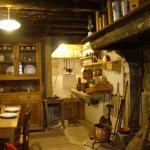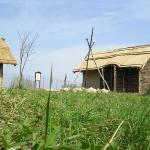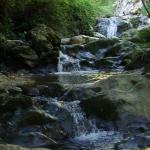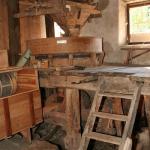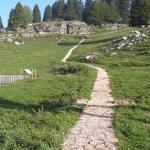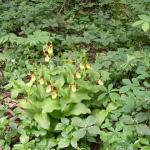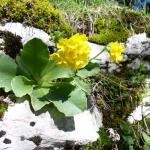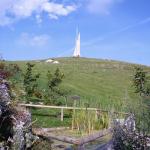
off
Ecomuseum of Lusiana
The arrangement given in recent years by the municipality of Lusiana to its historic, natural and cultural treasures is particularly significant. In fact, an ecomuseum has been made, organising into a joint proposal six museum exhibitions scattered throughout the area, with an efficient service of guided tours and educational proposals.
Web site – tel. 0424407264 – 406458
Palazzon Museum
Housed in a building of the 17th century, it offers several reconstructions of domestic environments of the past with a rich set of original objects, unified by the theme of food: production, transportation, preparation, storage. In addition to an old kitchen, a cellar, a “casara” (dairy), it also houses a room documenting the processing of straw, typical of Lusiana.
Prehistoric village of Monte Corgnon
On the top of the mountain (910 metres) that overlooks the town centre, on the ruins of an ancient castle of the Neolithic period, an ancient village was reconstructed, with a few huts that document the life and work during the Bronze Age. Some laboratories allow visitors to experience the chipping of flint, the clay processing, the construction of an arch, the weaving, the lighting of a fire.
Go to the PLACES OF THE PREHISTORIC AND ANCIEN TIMES
Mill’s valley
For centuries in this valley the Chiavone Bianco creek has fed hydraulic machines of all kinds, from the mills for grinding cereals to the hammers for beating iron, which served a varied and articulated agricultural activity. Some of these machines have been restored and they can be visited by appointment, seeing the barley polishing or the working of cheese, moving from one district to another through a network of paved paths, the characteristic “salisi.”
Labiolo’s wood
In the northern area of the municipality, in a clearing in the beech forest that runs along the Lusiana-Asiago road, a demonstration area with some structures related to forestry activities was staged: a charcoal, some lumberjacks’ bivouacs, a lime kiln that is part of the longer “Sentiero delle Calcare” (lime kilnes path), which, starting from Vitarolo, allows you to visit some of the most important lime kilnes in the area.
Monte Corno’s alpine botanical garden
As part of the historical and naturalistic path of the Monte Corno (1,383 metres), just north of the Rifugio (mountain hut), an Alpine botanical garden was created, which houses over 350 vegetal species belonging to the sub-alpine flora, including a wide variety of ferns and medicinal plants, in different mountain environments such as limestone cliffs, beech and spruce woods, scree slopes, pastures and ponds. From here Giacomo and Irene overlook the plain in “Giacomo’s Seasons,” on their visit to the places where the refugees were housed.
Sojos park
History, nature and contemporary art are the ingredients of this innovative proposal carried out in the south-west of the municipality (near Covolo) on a rocky outcrop (the Sojo) full of history and mystery, place of defence since Neolithic times but also theatre, according to the popular imagination, of magic frequentations. Among caves, waterholes, trees, “masiere” (scree slopes) and “calcare” (lime kilnes), modern sculptural installations are displaced, often made with materials found on the spot, in a sometimes harmonious and sometimes deliberately jarring dialogue with the surrounding environment.

